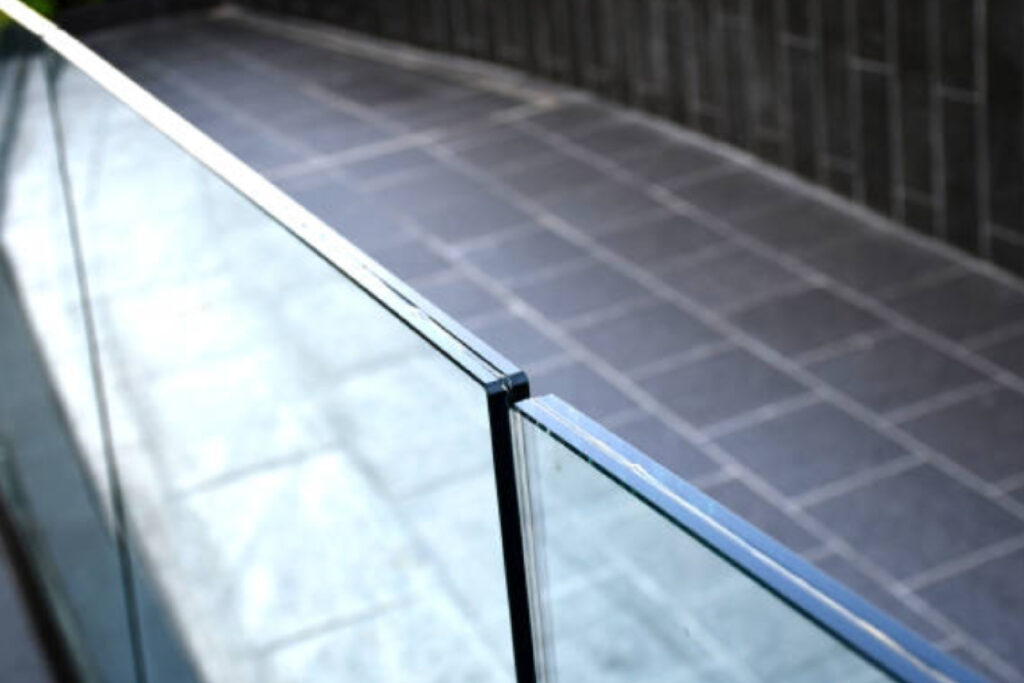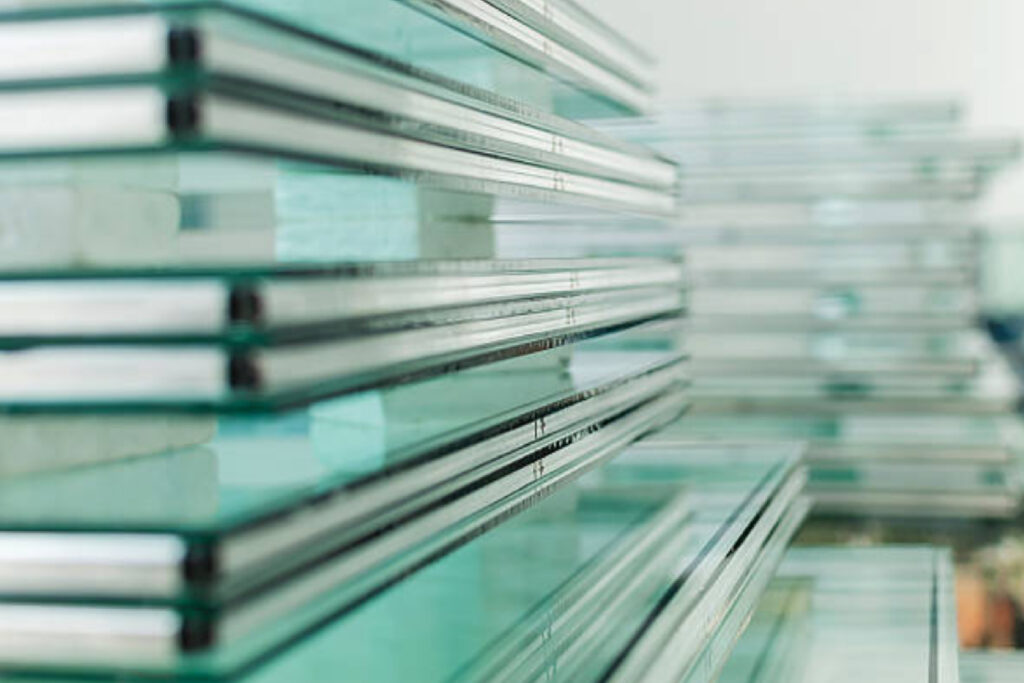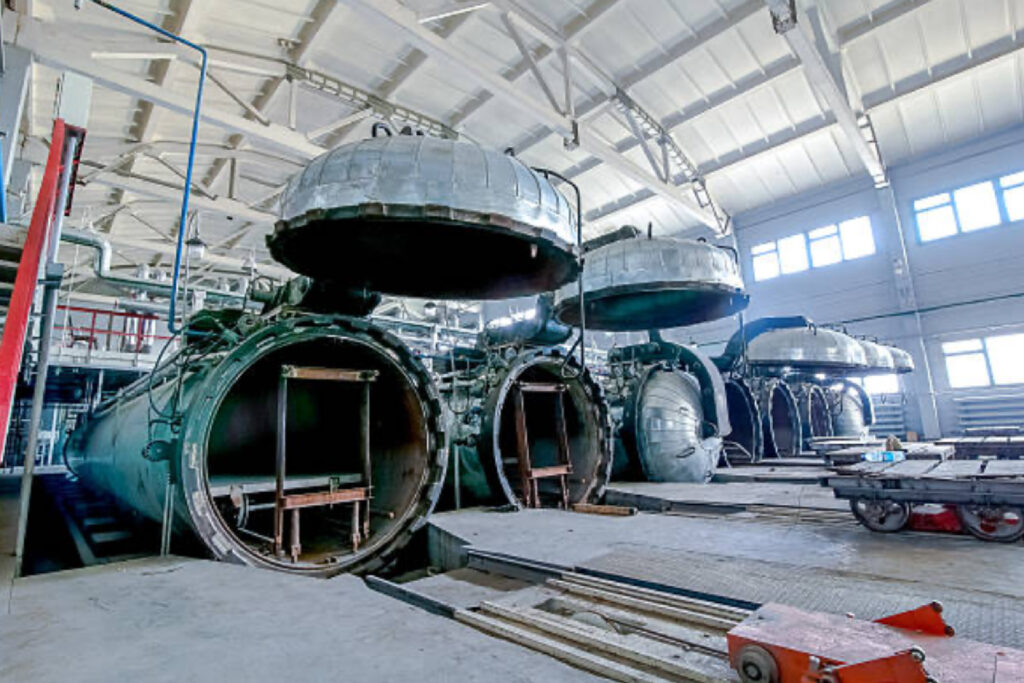Glass Lamination Autoclave is the process of bonding two or more layers of material together. It is a technique that has been used for centuries, and its applications are endless. One of the most common uses for lamination is in the production of glass.
Glass lamination is the process of bonding two or more sheets of glass together with an adhesive. This technique is used to create safelam, tempered glass, and other types of laminated glass.
Lamination is a very strong bonding method, and autoclaves are the best way to ensure a strong bond. Autoclaves use high-pressure steam to heat the adhesive and bond the layers of glass together. This process is known as vulcanization.
Keep reading to learn more about the 10 reasons why you should be using an autoclave for glass lamination!



What is an autoclave?
An autoclave is a machine used to heat material and create a vacuum that induces pressure to complete the bonding process. In the case of glass lamination, it is used to vulcanize the adhesive between the two layers of glass.
The autoclave has a sealed chamber that is filled with high-pressure steam, which creates a vacuum, inducing pressure. This pressure is then used to heat the adhesive in order to create a strong and long-lasting bond between the two layers of glass.
Autoclaves are extremely dependable and can help speed up production time. They are also great for large-scale projects and can be used for laminating a variety of materials. Autoclaves also help eliminate the possibility of human error, are highly efficient, and provide a consistent and reliable result every time.

Advantages of using an autoclave for glass lamination
Using an autoclave for laminating glass offers many advantages. Here are some of the top ones.
1. Faster Production Time – The pressure created by the autoclave helps to speed up the production time for laminating glass. This reduces the time needed for this process and allows manufacturers to produce more in less time.
2. Consistent Results – Autoclaves produce consistent results. This guarantees that each batch of laminated glass produces the same quality of product, eliminating the possibility of any variation in the results due to human error.
3. Automated Operation – Autoclaves are automated and can be programmed with the desired parameters and production settings. This helps make operation easier and eliminates the need for manual labor inputs.
4. Versatility – Autoclaves are also extremely versatile and can be used for laminating a variety of materials. This makes them perfect for working on large-scale projects.
How does an autoclave work?
An autoclave is a device that uses high-pressure steam and temperature to sterilize equipment or materials. It relies on pressurization and temperature to destroy microbes and other biological impurities. The pressure and temperature level thresholds are maintained using complex control systems.
The process of using an Autoclave can vary depending on the type of materials that need to be sterilized. The basic process of autoclave sterilization is as follows:
1. Pre-Conditioning: The materials that are to be sterilized are pre-conditioned and the ambient temperature is adjusted for the sterilization process.
2. Adding Steam: Steam is added to the chamber of the autoclave to increase the temperature and pressure.
3. Heating and Sterilization: The materials inside the chamber of the autoclave are heated and sterilized as the pressure and temperature rise to the desired levels.
4. Cooling and Exhaust: Once the materials are sterilized, the pressure and temperature are reduced, the overpressure is released, and the steam exhausted.


10 reasons to use an autoclave for glass lamination
Choosing an autoclave is an important decision for any business. Here are 5 key things to consider when determining if an autoclave is a good fit for you:
1. Cost: Autoclaves come in a variety of sizes and costs. Investing in an autoclave at the beginning can save costs in the long run.
2. Volume of the product to be sterilized: Autoclaves come in different sizes and can handle different volumes of products. Choose one that meets your needs.
3. Time required for the process: Autoclaves can save time by speeding up the sterilization process.
4. Cost of maintenance: Autoclaves require regular maintenance, so factor this in when considering a purchase.
5. Machine selection: Make sure to select one that is energy-efficient and meets the particular needs of your business.
6. Quality assurance: Autoclaves that use vacuum technology to laminate glass can help you ensure the quality of the products.
7. Reliability: The autoclave you select should as feature automated processes and monitor the entire system from start to finish.
8. Safety: An autoclave system can reduce the risk of injury to operators. Autoclaves may include safety features like temperature and pressure monitors and emergency shutoffs.
9. Reduced costs: Autoclaves save on costs associated with labor, material, and energy.
10. Easy to use: An autoclave system is easy to use and understand so that any worker can operate it efficiently without any prior knowledge or experience.
Choosing the right autoclave system and following the correct process can go a long way in your ability to efficiently produce high quality glass lamination products.
Conclusion
In conclusion, autoclaves are a great choice for glass lamination due to their many advantages. Autoclaves reduce labor costs, encourage safety, guarantee quality assurance, and are reliable and easy to use. The right autoclave system can revolutionize your lamination process and boost productivity and efficiency in the long run.
Therefore, when you need to laminate glass, make sure to consider the use of an autoclave to get the job done quickly and at a low cost. Autoclave systems are a great investment for anyone in the glass industry.